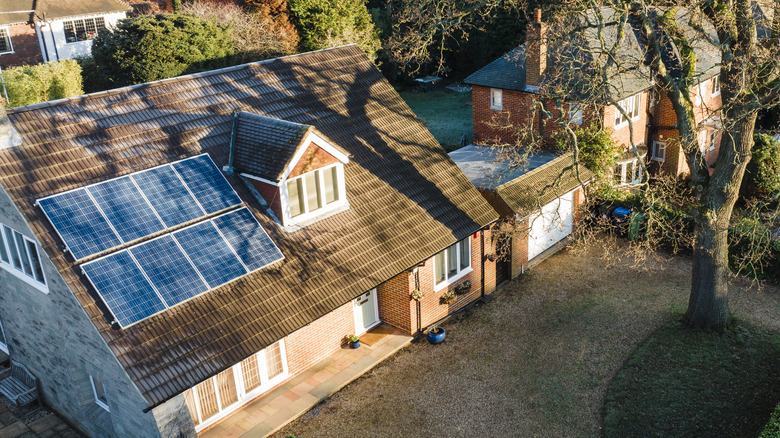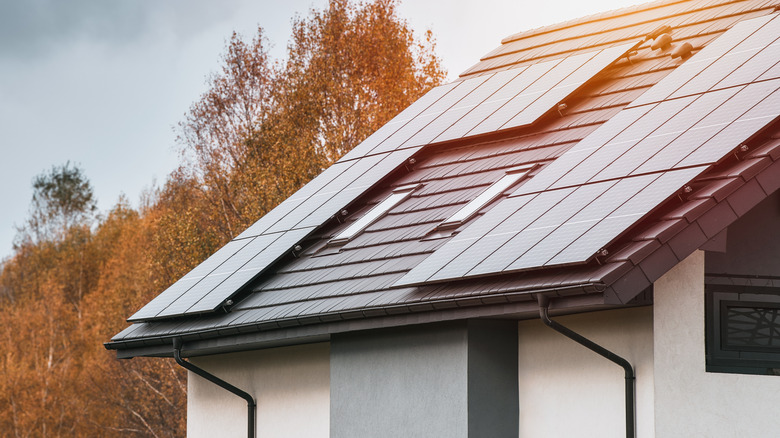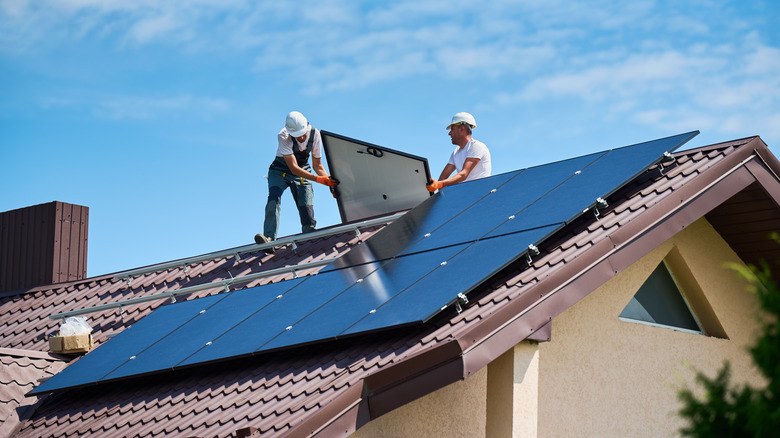How Many Solar Panels It May Take To Power Your Home (And Why)
Most homeowners will need between 15 and 22 solar panels to cover their electricity use, but the exact number depends on three main factors: how much power your household consumes, how much sunlight your roof gets, and the wattage of the panels you install. The calculation is straightforward. Take your annual electricity usage in kilowatt-hours, divide it by your area's production ratio (a measure of how much sunlight you get), and then divide by the wattage of your chosen panel. For example, a home using 10,800 kWh a year, with a production ratio of 1.5 and 450-watt panels, comes out to roughly 16 panels.
Panel size and type also matter. Standard residential panels range from 250 to 450 watts, with higher wattage panels producing more power in less space. That's critical for smaller or shaded roofs, where efficiency is more valuable than quantity. In sunnier states like California, you'll get more output from each panel. Although, it's not that solar panels don't work when it's cloudy, but cloudier regions like the Northeast may require a larger array. The square footage of your home is a rough proxy, but electricity bills are the most accurate way to size a system. On average, a 2,000-square-foot home may need around 15–16 panels, while a 3,000-square-foot home may require 21 or more.
What drives the number higher or lower
Panel count varies because no two homes use electricity the same way. A family with electric vehicles and a heated pool will need more panels than a smaller household without those extras. Energy-efficient appliances, insulation, and usage habits also change the equation. Add-ons like solar batteries for backup power, or going fully off-grid, can push requirements higher.
Sunlight hours are another key driver. A panel in Arizona may generate twice as much energy as the same panel in Alaska. That means fewer panels in the southwest, and more in the northeast. Roof shape and shading also limit usable space. Vents or chimneys can reduce the space where panels fit, making high-efficiency models more appealing.
Utilities and local regulations can also influence system size. Some utilities cap installations at around 120% of annual energy use. Others limit the value of net metering, which affects how much credit you get for sending extra energy to the grid. Budget is a practical constraint as well. Even though solar can save tens of thousands of dollars over 25 years, upfront costs typically range from $15,000 to $50,000 before incentives, and some homeowners choose smaller systems to keep costs down. There are many myths surrounding solar panels, but that they are expensive is not one of them.
Why planning ahead matters
Getting the number of solar panels right is about more than covering today's bills. It's about anticipating how your electricity use may change in the next decade. Adding an EV, working from home, or switching to electric heating can increase demand, while kids leaving home or new efficiency upgrades may lower it. Oversizing a system slightly can save on future add-ons, but overshooting too much can waste money if local net metering policies don't fully credit excess energy.
Sustainable aviation fuel and other green energy tech may get more headlines, but residential solar is one of the most proven ways to help the environment and reduce reliance on the grid. With panels lasting 25 to 30 years and requiring only minimal upkeep, a correctly sized system is a long-term investment. Professional installers now use advanced modeling tools that account for your roof, usage, weather, and utility rules to design systems with precision.
The takeaway is simple: while most households land in the 15–22 panel range, the right number is personal. Start with your annual electric bill, factor in your roof and sunlight, and think ahead about how your energy needs will evolve. That's how you'll know whether you're aiming for 15 panels or 30.


